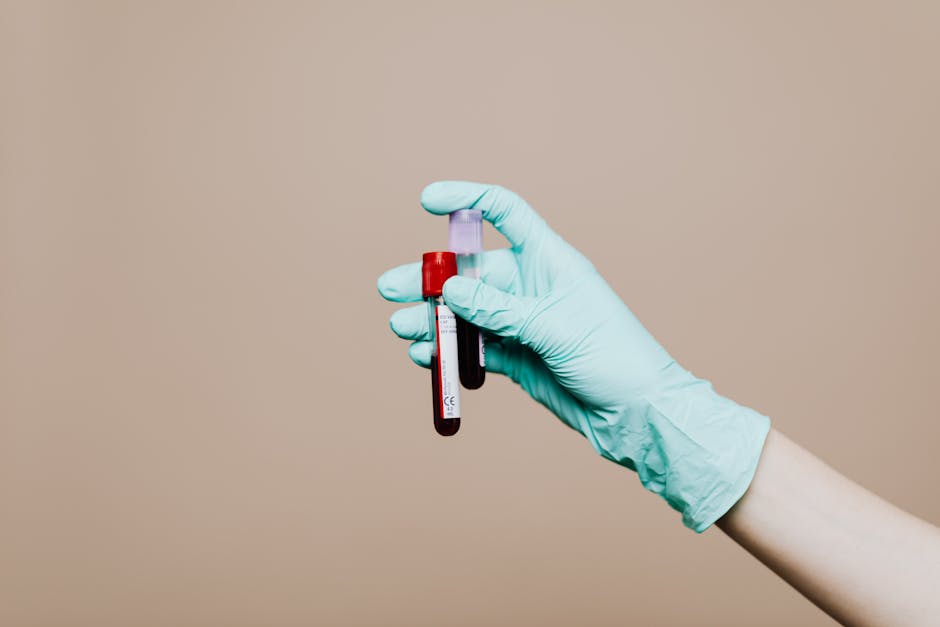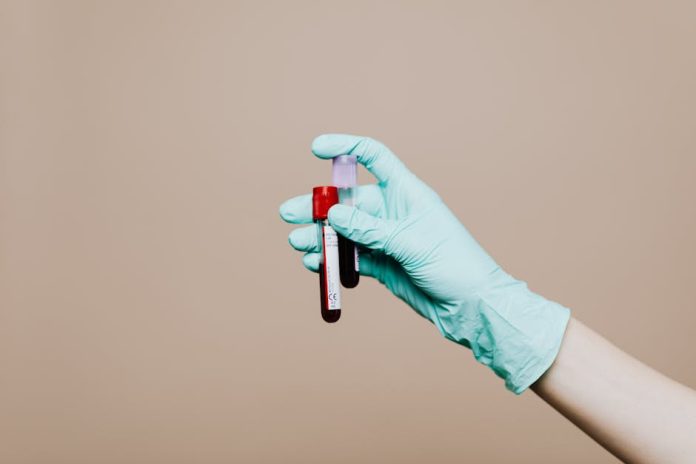
Imagine a world where cancer could be detected years before symptoms even appear, when it’s still highly treatable. What if a simple blood test could be the silent sentinel, scanning your body for the earliest whispers of a tumor? This isn’t science fiction anymore. Researchers at Johns Hopkins Kimmel Cancer Center have achieved a groundbreaking milestone: a blood test capable of detecting tumor DNA up to three years before conventional diagnostic methods!
This incredible advancement, often referred to as a “liquid biopsy,” focuses on identifying fragments of cancer DNA (circulating tumor DNA, or ctDNA) that tumors shed into the bloodstream. Unlike traditional methods that wait for a tumor to grow large enough to cause symptoms or show up on scans, this new approach catches cancer in its most nascent stages. The implications are profound: earlier detection means earlier intervention, which dramatically increases the chances of successful treatment and survival.
The Johns Hopkins team’s rigorous research involved analyzing blood samples from individuals years before their cancer diagnosis. They found tiny, yet significant, traces of tumor DNA, acting as a molecular red flag. This isn’t just about finding *any* DNA; it’s about identifying specific mutations and patterns characteristic of cancerous cells, making the test incredibly precise.
Why is this such a game-changer? For decades, the fight against cancer has been hampered by late diagnoses. By the time many cancers present with noticeable symptoms, they may have already spread, making treatment more complex and less effective. A test that can peer into the future, identifying the disease years ahead, could revolutionize cancer screening paradigms, shifting the focus from reaction to proactive prevention and early cure.
While this blood test is still in the research phase and not yet widely available for clinical use, it represents a beacon of hope for millions. The potential to screen high-risk individuals or even a broader population for various cancers with a simple, non-invasive blood draw is immense. It paves the way for a future where cancer is not a death sentence, but a detectable and manageable condition, caught before it can truly take hold.
The dedication of the Johns Hopkins researchers has brought us closer than ever to truly conquering cancer through ultra-early detection. This isn’t just an incremental step; it’s a leap forward in the ongoing battle against one of humanity’s most formidable diseases. Keep an eye on this space – the future of cancer detection is here, and it starts with a drop of blood.

